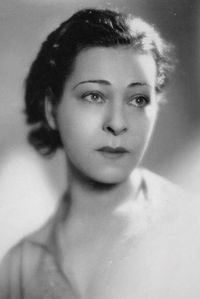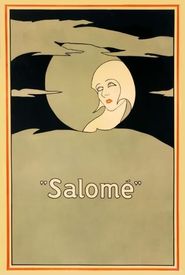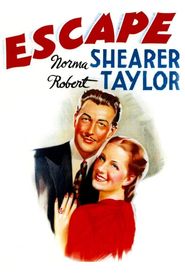Alla Nazimova, a Russian-born actress of Hollywood's silent film era, lived a life as grand and flamboyant as her on-screen performances. Despite her legendary status, her fame has not endured as strongly as that of Rudolph Valentino.
Born Miriam Edez Adelaida Leventon in 1879 in Yalta, Crimea, to Jewish parents Sonya Horowitz and Yakov Leventon, Nazimova was the third child in an abusive household. She spent most of her childhood in foster homes or with relatives, developing a penchant for outrageous behavior to cope.
Nazimova's passion for music began at a young age, and she started violin lessons at seven. She changed her name to Alla Nazimova when she started her stage career, as her father insisted on it, considering "performing" to be unacceptable at the time.
At 17, Nazimova began acting lessons and joined Konstantin Stanislavski's company of actors, studying the "method style" at the Moscow Art Theatre. To support herself, she was kept by wealthy older men. A failed love affair led to her only marriage, to an acting student named Sergei Golovin, but they soon separated.
Nazimova grew discontent with Stanislavsky and later performed in repertory. She met Pavel Orlenev, a close friend of Anton Chekhov and Maxim Gorky, and entered into a personal and professional relationship with him. They toured internationally, achieving great success in Europe and coming to New York in 1905, where Nazimova was praised on Broadway for her interpretations of Henrik Ibsen's "Hedda Gabler" and "A Doll's House." Orlenev returned to Russia, but Nazimova stayed.
Nazimova made her screen debut with "War Brides" (1916),initially a 35-minute play. By 1918, she was a box-office star for Metro Pictures, completing 11 films for the studio over three years. A stylish and outré tragedienne, she played exotic, liberal women confronted by great personal anguish, earning success in films like "Revelation" (1918),"Toys of Fate" (1918),and "The Red Lantern" (1919),as well as the title role in "Camille" (1921) alongside Rudolph Valentino.
As her film career rose, Nazimova began producing her own projects, which were bold and experimental, but also monumental failures. Her "Salomé" (1922) was deemed a scandalous failure at the time, and the monetary losses she suffered as a producer were astronomical. The Hays Code, which led to severe censorship in films, also contributed to her downfall, as did her outdated acting style. She was forced to abandon films for the theater, scoring exceptional success in Anton Chekhov's "The Cherry Orchard."
Nazimova's private life has long been the subject of industry gossip. As a Hollywood cover for her well-known bisexual lifestyle, she coexisted in a "marriage" with gay actor Charles Bryant for over a decade. Her "Garden of Allah" home was the centerpiece for many glamorous private parties. Nazimova died in 1945.























